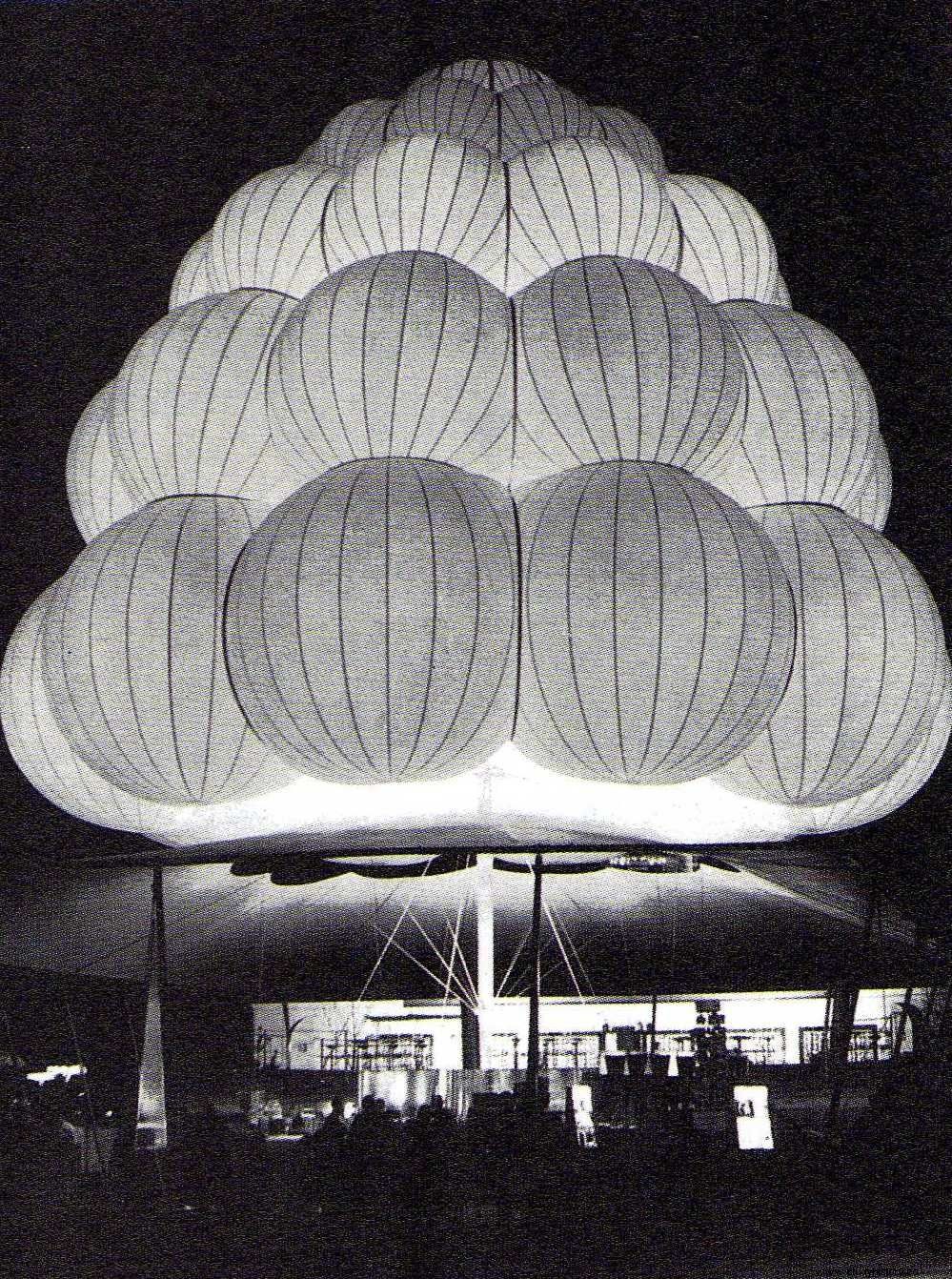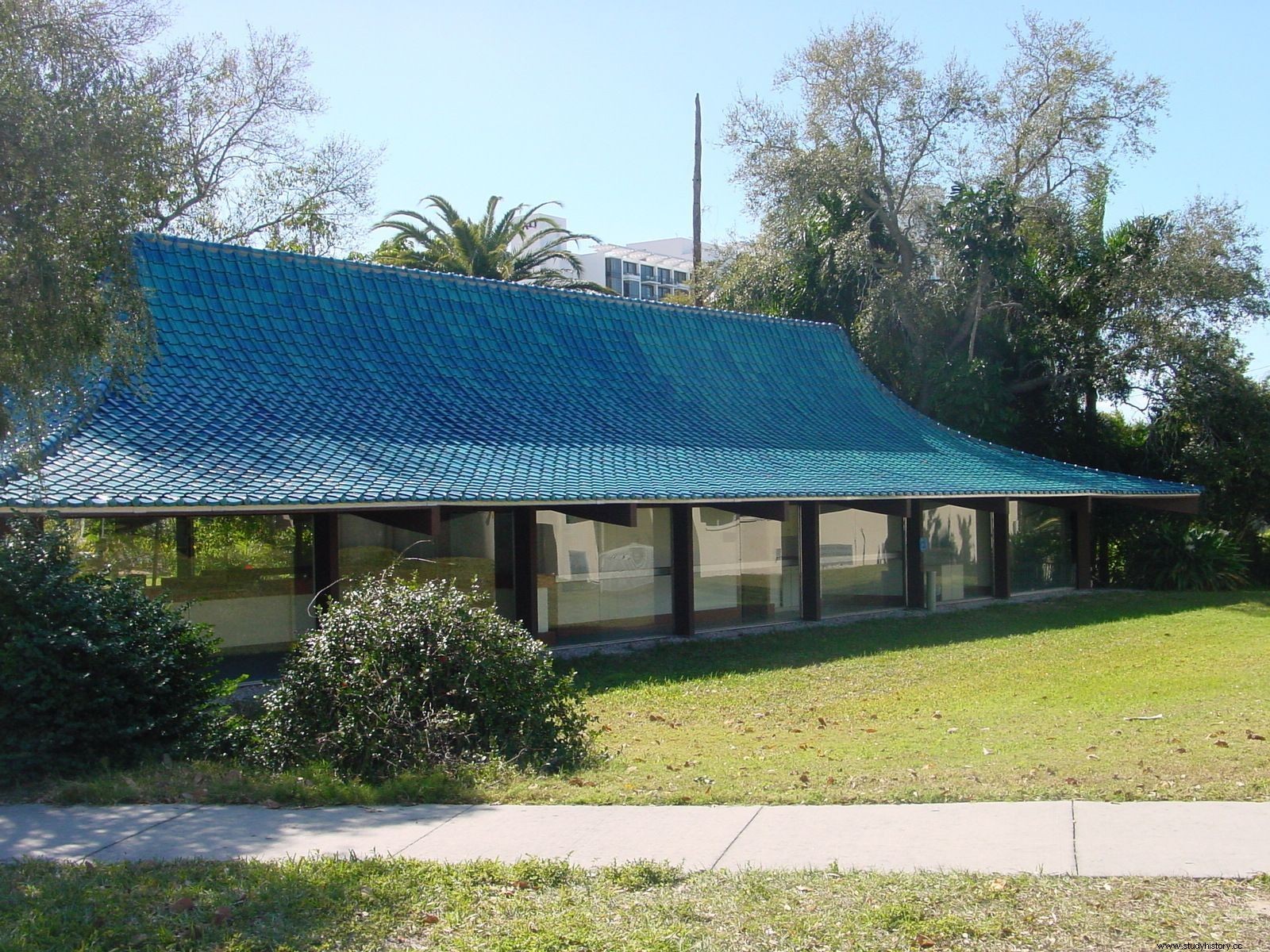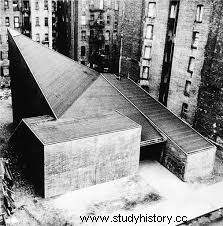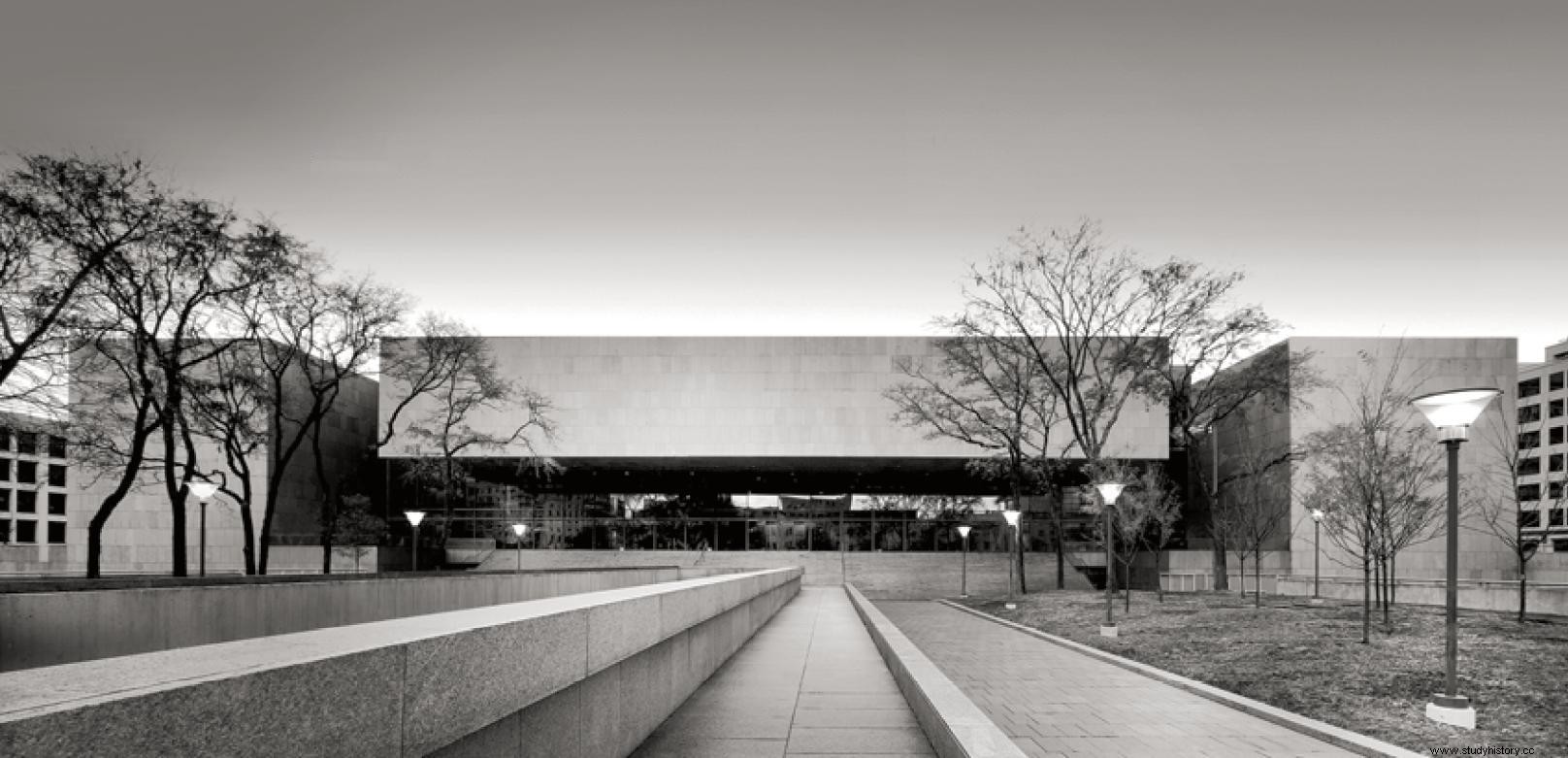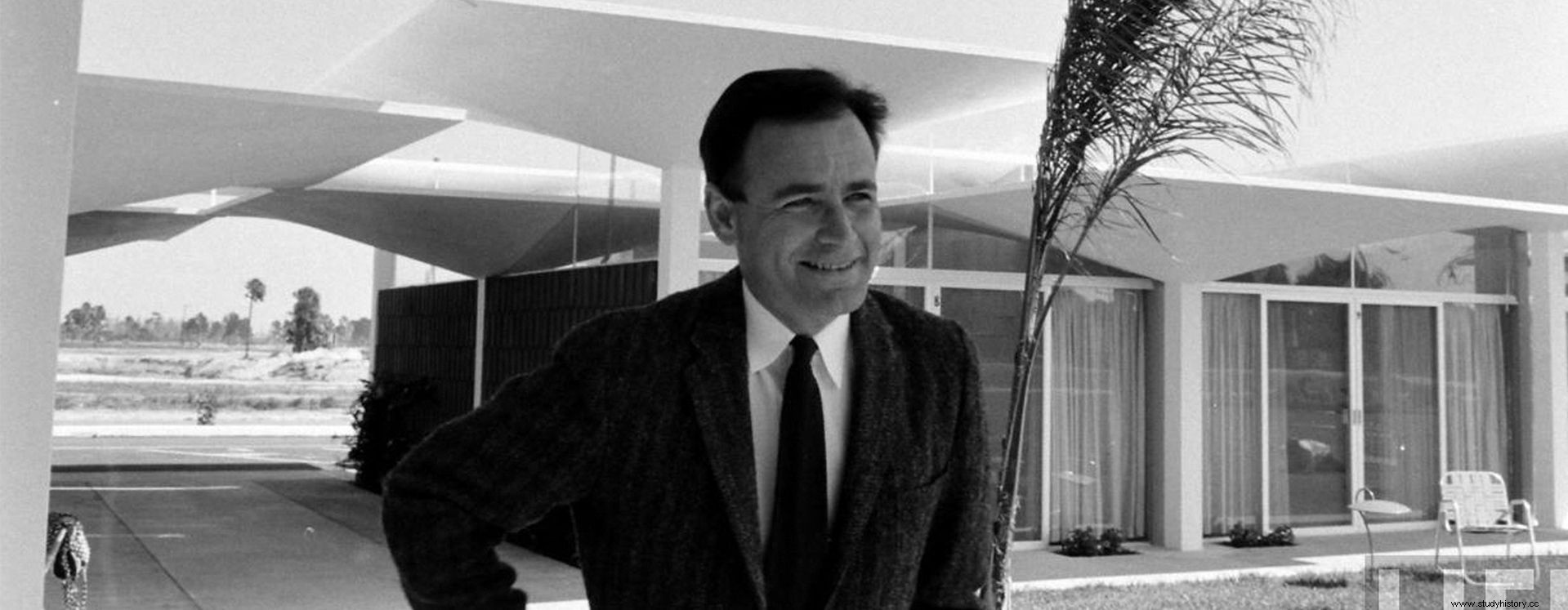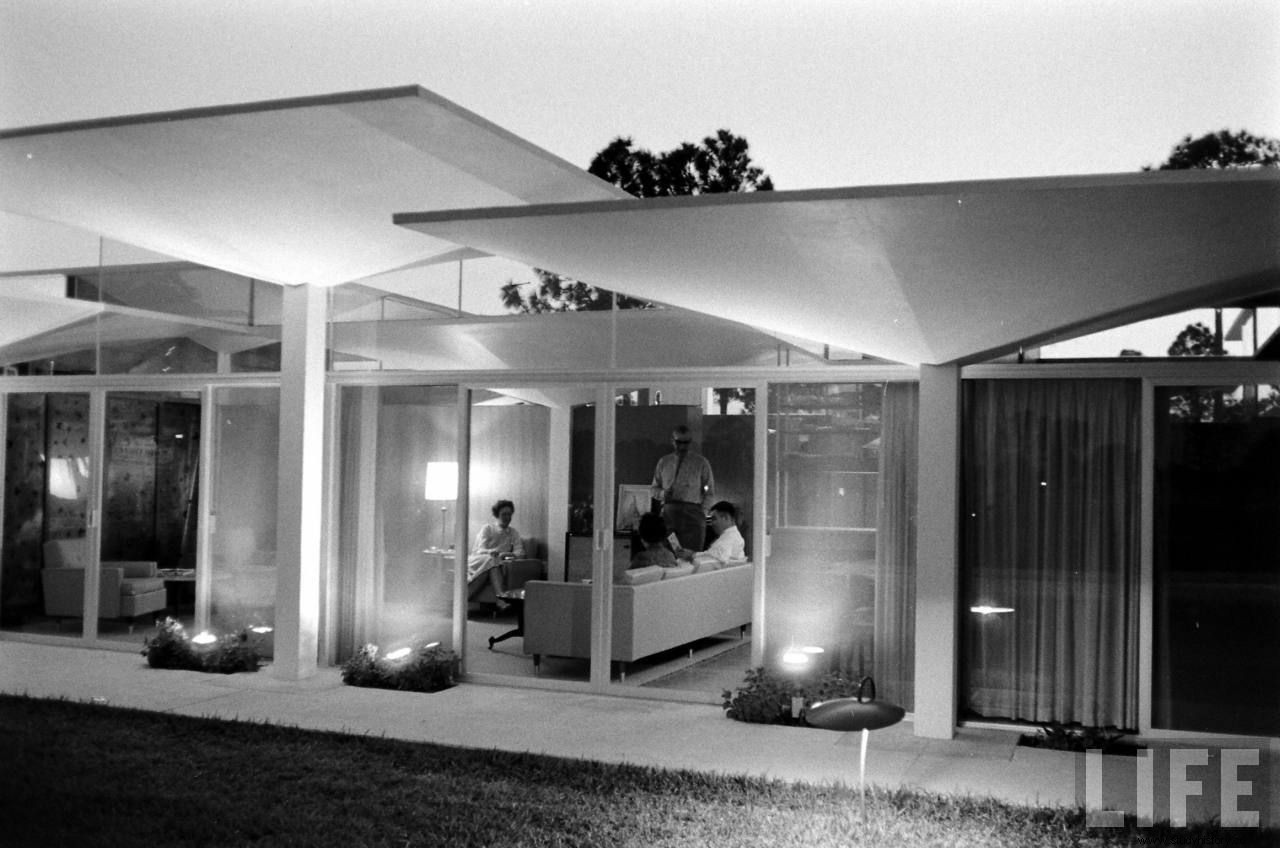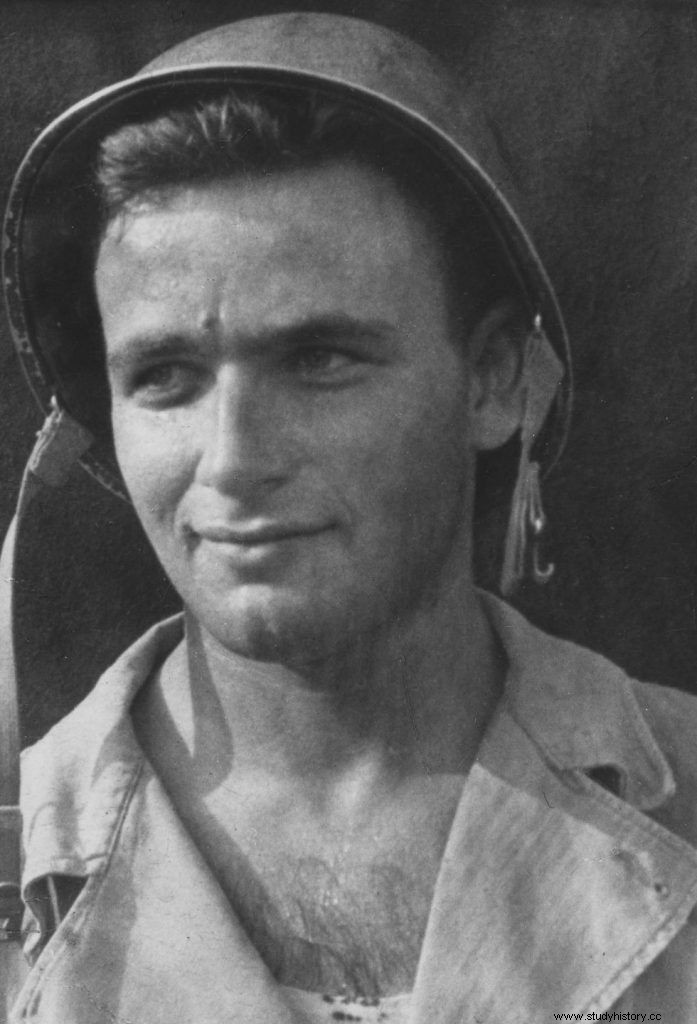
«In some way, drawing is for me a synonym of thinking»
Victor A. Lundy was born on February 1, 1923 in New York into a family of Russian immigrants, and soon showed an aptitude for drawing and painting. His parents, recognizing his talent, supported him to study architecture at New York University, specializing in the style established by the Parisian École des Beaux Arts. Excited by the idea of helping to rebuild Europe after the war, in 1942 he enlisted in the Army Specialized Training Program, an Army program designed to train students to become officers and technicians.
In 1944, faced with the need for troops that D-Day planning foresaw, Victor Lundy's company was integrated into the 26th Infantry Division, known as the Yankee Division , with a history dating back to the Franco-Indian and Independence Wars. During his training at Fort Jackson, South Carolina, Lundy dedicated himself to drawing everything around him:forced marches, resting comrades, the shops and the commissary... As he himself recalled in an interview:«he never listened, he was always busy drawing », although soon «I got into it, the experience of war hypnotizes young people».
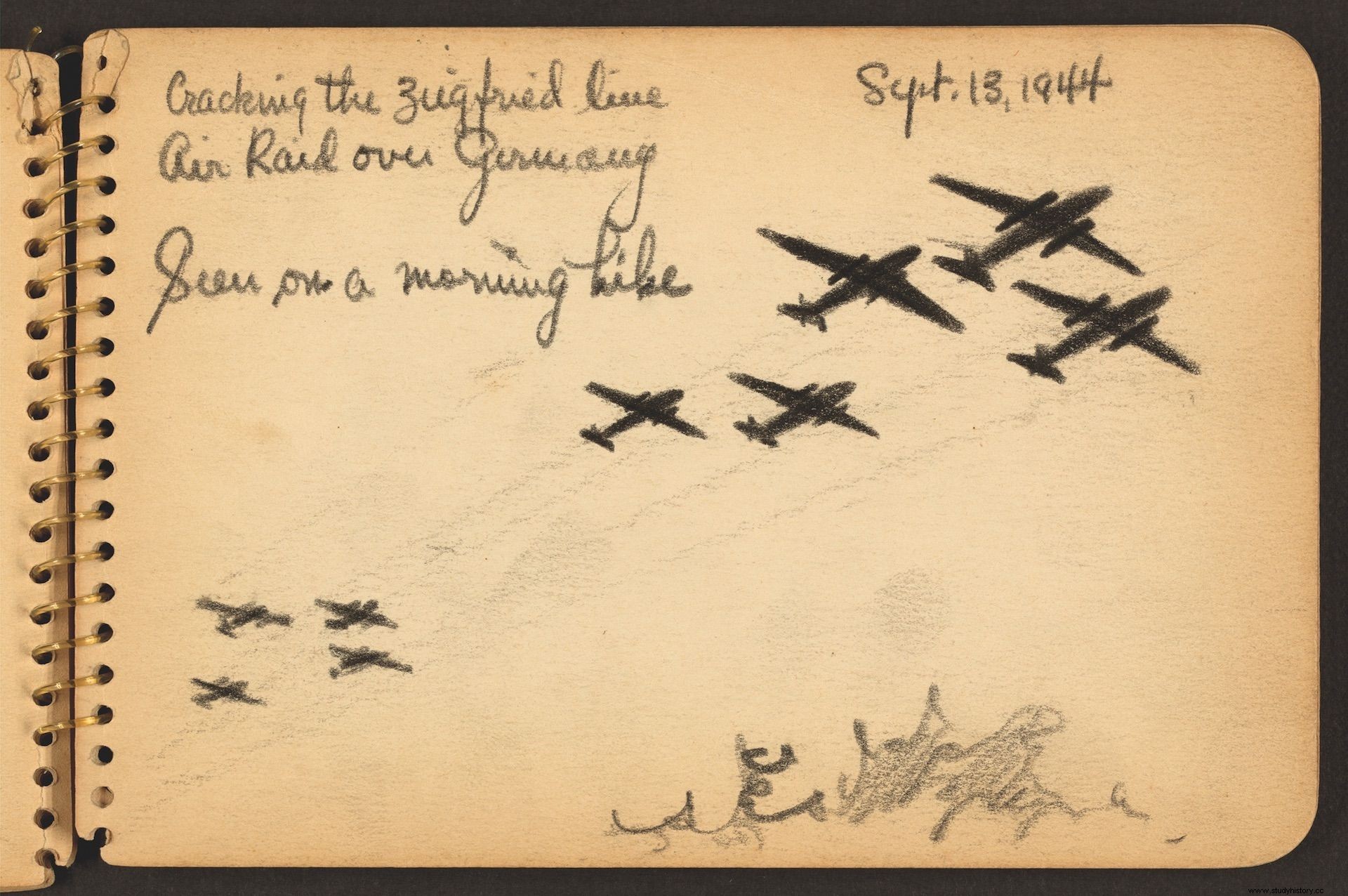
On August 26, 1944, the Yankee Division left Camp Shanks to cross the Atlantic and land at Cherbourg and on Utah Beach on September 7, being part of the first convoy that he was traveling directly to France from the United States. The port of New York, the Atlantic crossing or the Norman beaches did not escape Victor Lundy's pencil. The division moved to the Valognes cantonment area, and established its headquarters at Bourg de Lestre. Its various units stationed themselves in nearby towns and fields, and spent the first few weeks intensifying their training, with daily marches, combat practice – including bayonet and hand-to-hand combat – demining, radio or first aid. The 26th's first missions were to patrol the Norman coast between Carteret and Siouville, clear minefields, and support Red Ball Express logistics convoys.
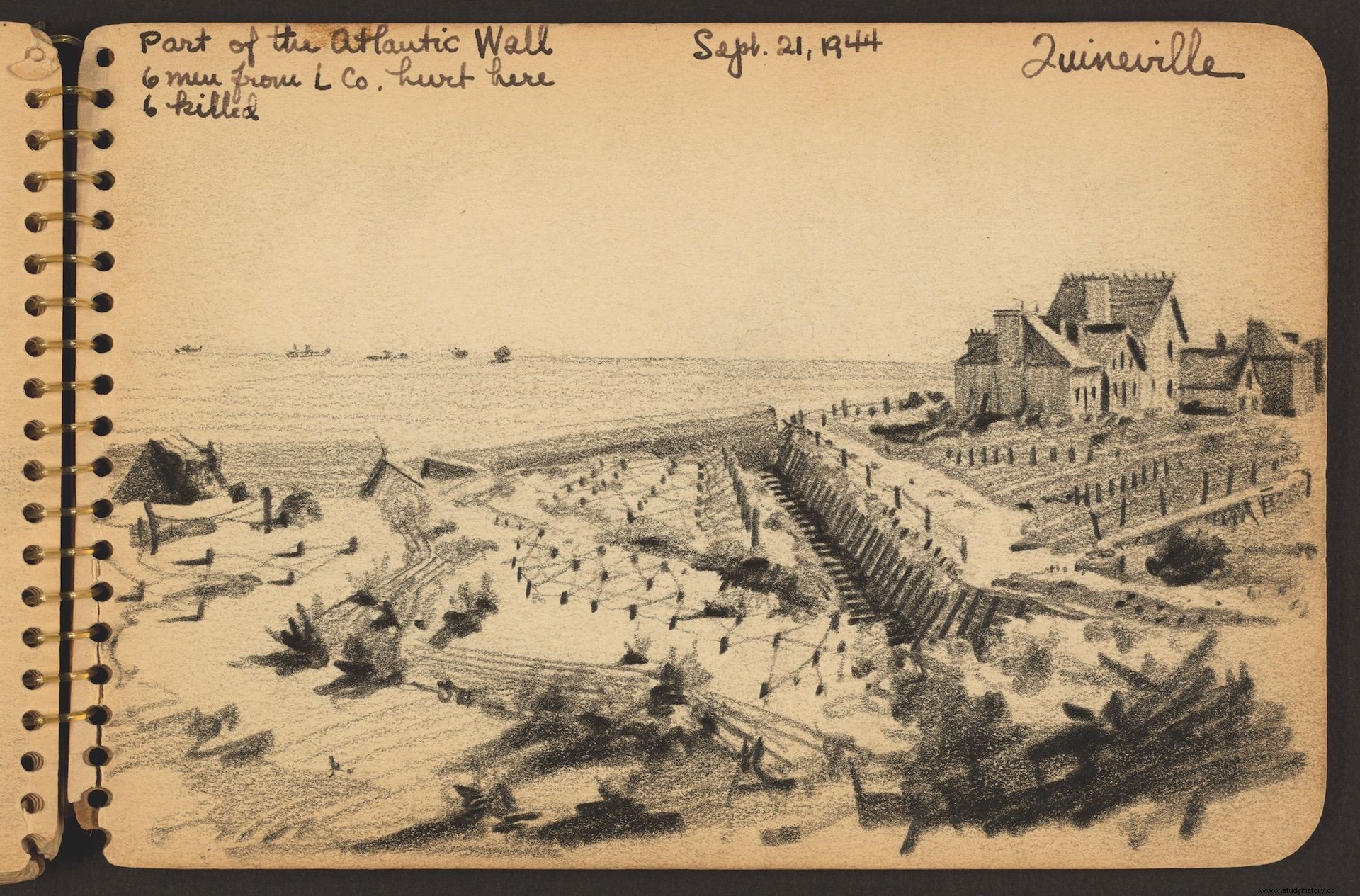
In early October, the Yankee Division was ordered to be integrated into the XII Army Corps of the US Third Army, fighting in Lorraine as part of the Twelfth Army Group, being positioned on the far right of these forces' deployment, where it relieved the 4th Armored Division, which had been the spearhead of Patton's advance through France. There, in the hills and forests of Lorraine, between Nancy and the German border, the 26th received its baptism of fire. The western front had stabilized, and the allied armies were recovering in the face of the assault on the Siegfried line. In a small operation to reinforce the front, the 104th Infantry Regiment engaged the remnants of the 11th Panzer Division on 22 October to take the Moncourt forest and the village of Bezange-la-Petite, somewhat which was not fully achieved until the general offensive that took place three weeks later. Victor Lundy's last drawing is dated November 7, and shows soldiers waiting in a truck in pouring rain. The next day, on November 8, the Third Army began the offensive that would break German resistance and drive the Allies to the Rhine. A few days later, Lundy was wounded, earning him a Purple Heart, and his blood still stains. the covers of the last of his sketchbooks. During his convalescence, a surgeon saw his illustrations and requested that he draw a new medical procedure that he was developing, thus avoiding his reincorporation into the unit and the last dangerous months of a war yet to be concluded. Q>
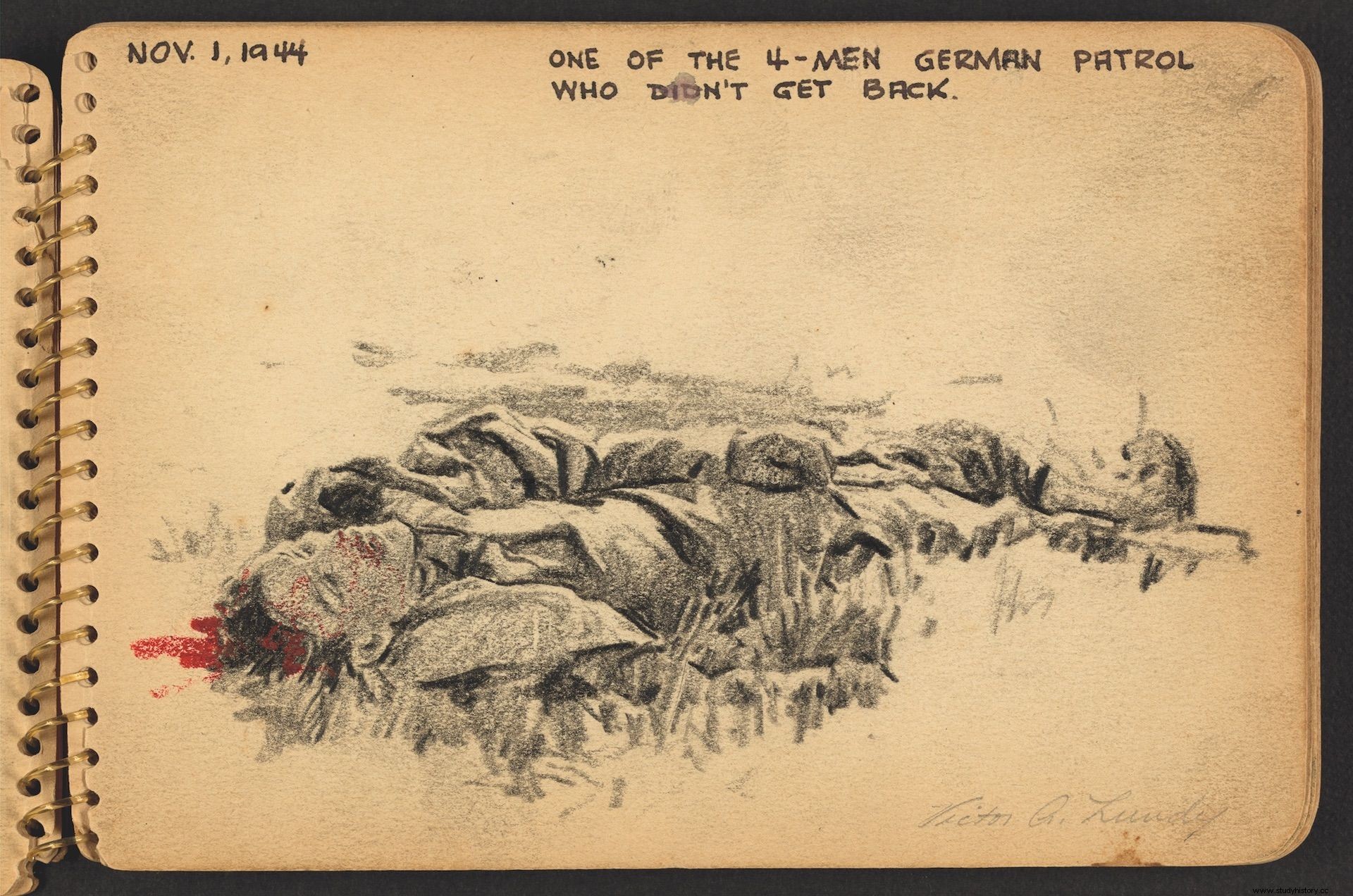
Of the twelve sketchbooks that Victor Lundy filled out during his time in the Army, only eight have survived, which the author donated to the United States Library of Congress. They are spiral notebooks and are 7.5 x 13 cm in size, small enough to fit in a pocket. In them Lundy captures with agile strokes stamps of the Western Front, be it the defenses of the Atlantic Wall or the destruction of a French farm, a squadron of bombers on the way to Germany or a landser that instead she will not return to his house. In addition, his experiences in the war would condition Lundy's life in an unexpected way:in France he met a German prisoner, an architect, who told him that Walter Gropius, the founder of the Bauhaus, taught at the Harvard Graduate School of Design. A week after the end of the war, Lundy enrolled there, and assimilated a new style of design based on the principles of European Modernism, which distanced him from the classicism of the Beaux Arts school and guided his later career, with works as landmarks and avant-garde such as the Pagoda Building in Sarasota, the Church of the Resurrection in Harlem -unfortunately demolished-, the Tax Court Building in Washington or the Warm Mineral Springs Motel, included in the US National Register of Historic Places.
